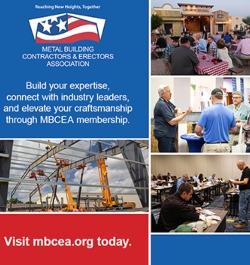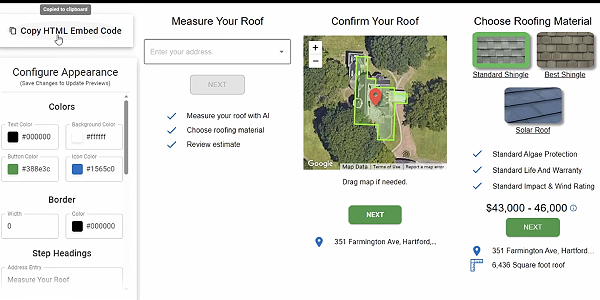UP TO THE MINUTE
Crunching the Numbers: Unraveling the Profit Puzzle for Roofing Crew Leaders by Analyzing Costs - Part One

By John Kenney, Cotney Consulting Group.
Learn the hidden costs of business operations and how to distinguish between direct and indirect costs.
An in-depth comprehension of the financial implications related to running a business is crucial for crew leaders in the roofing industry. This understanding, which entails a comprehensive awareness of both the direct and indirect costs, can influence the decision-making processes and ensure optimal profitability for the company.
The hidden costs of business operations
While it may seem that the on-site operations represent the majority of the financial burdens for a roofing contracting company, the reality is that the "cost of doing business" extends much further. These often overlooked costs include the vital support from office-based staff, such as project managers, superintendents and estimators.
Crew leaders must appreciate how each dollar spent influences the company's profitability. An efficient project that yields a small profit may meet expectations, but it won't adequately cover the overhead costs necessary to keep the company operational. Therefore, each crew leader is tasked with optimizing resource allocation and curtailing waste, irrespective of the project's size.
Distinguishing between direct and indirect costs
The financial obligations of a roofing contractor primarily fall into two categories: direct costs and indirect costs, colloquially known as "overhead."
Direct costs encompass expenses directly attributable to a project's execution, such as material costs, field labor, subcontractors, equipment rental, permit fees and other job-related costs.
On the other hand, indirect costs relate to a company's operational expenses necessary to run the business, such as salaries, wages, and personnel benefits not directly charged to a specific project, office rent, utilities, business insurance, legal fees and administrative costs.
Understanding this distinction is vital as it underscores the need for each crew leader to run efficient, productive projects to help offset the company's overhead costs.
A closer look at overhead costs
Overhead costs often go unnoticed but are integral to the business's survival. Comprehending the extent of these costs can help inform more profitable decisions for every project.
For instance, labor overhead includes the salaries, wages, and benefits of the owner, project managers, estimators, marketing and sales department, human resources and other administrative staff. Similarly, operational costs encompass loan interest, building lease or rent, business insurance, business licenses, office supplies, utilities and vehicle-related costs.
Mark-up: An essential component of profitability
Roofing contractors must mark up their material and labor costs to cover overhead expenses and turn a profit. Crew leaders need to understand that mark-up is not profit but rather a necessary mechanism for the company to meet its operational costs.
A typical example could be a company with annual sales of $10 million, where overhead costs account for 20% of each dollar sold. After subtracting direct and overhead costs from sales, the profit margin would be a mere 5%, indicating that contractors often make less money than their employees assume.
Part 2 of this article series will focus on leveraging efficiencies to offset overhead costs in roofing projects. It emphasizes the importance of improving crew communication, allocating tasks efficiently, streamlining material staging, implementing quality control checks, and understanding the correlation between production and profitability to maximize profits and ensure the financial success of both individual projects and the company as a whole.
Learn more about Cotney Consulting Group in their Coffee Shop Directory or visit www.cotneyconsulting.com.



















Comments
Leave a Reply
Have an account? Login to leave a comment!
Sign In